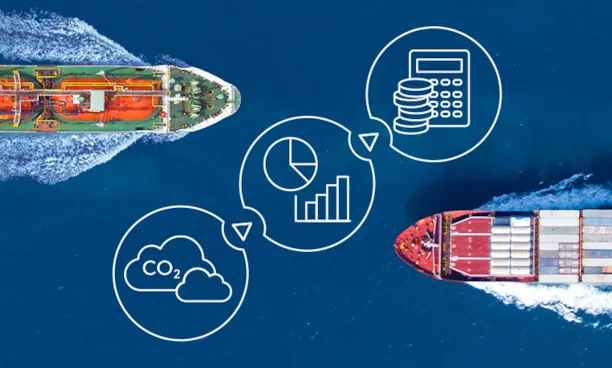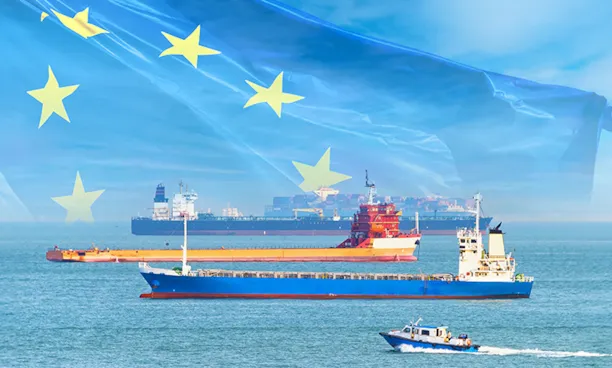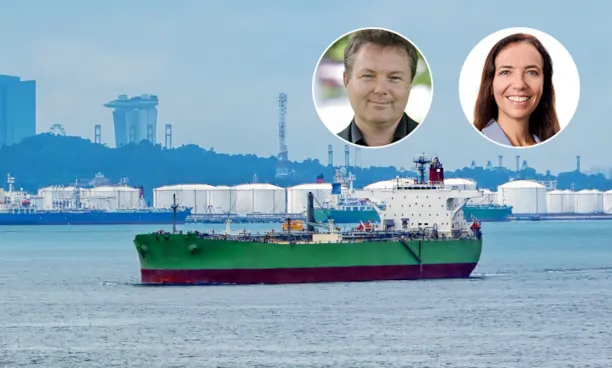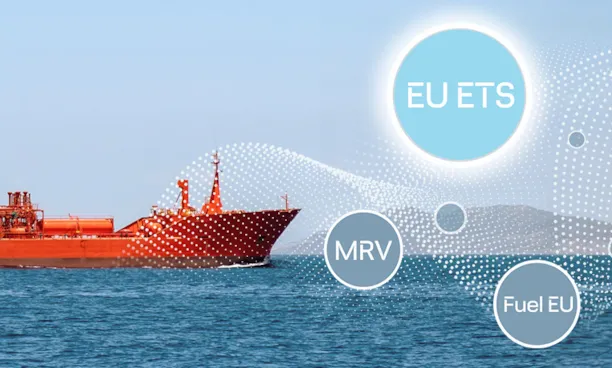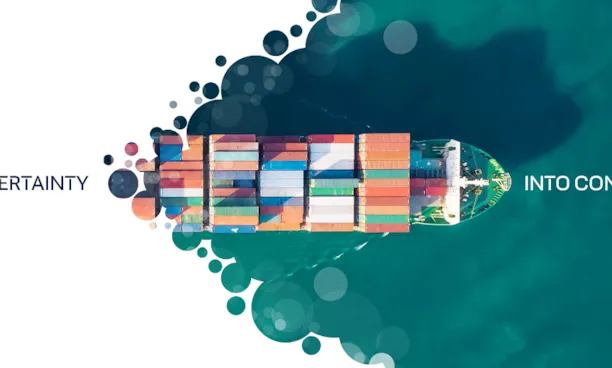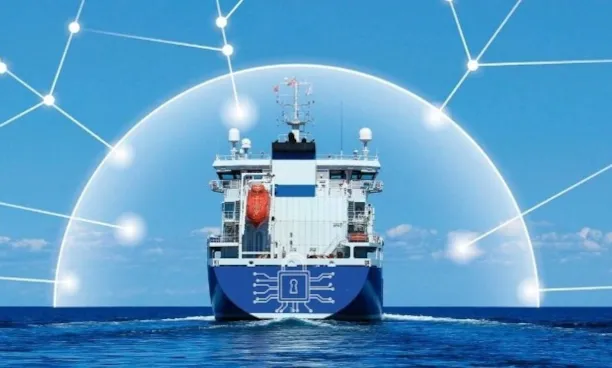DNV offers businesses much more than a classification certificate
We are a modern classification partner with solutions that meet today’s and future market needs.
We empower our customers’ decisions
Combining leading technical and operational expertise, risk methodology and in-depth industry knowledge, we empower our customers’ decisions and actions with trust and confidence. The DNV rules increasingly cover new technologies to support both a quick take-up of advancements in the industry and a smooth implementation of existing technologies, while keeping up with safety standards. We at DNV are also highly committed to research and development and work with the industry to find solutions that address strategic, operational or regulatory challenges. Find out how our modern classification solutions can turn possibilities into opportunities – and help you enhance the safety, quality, utilization, energy efficiency and environmental performance for all vessel types and offshore structures. Make your operations safer, smarter and greener with DNV.
